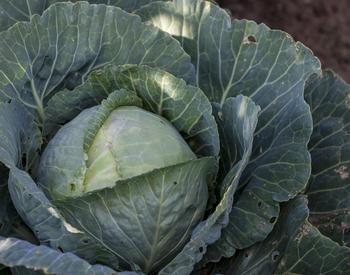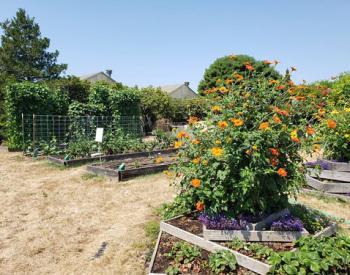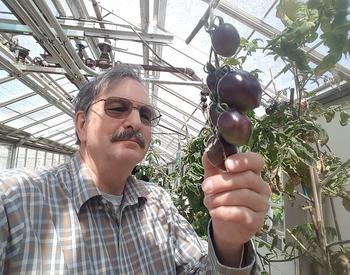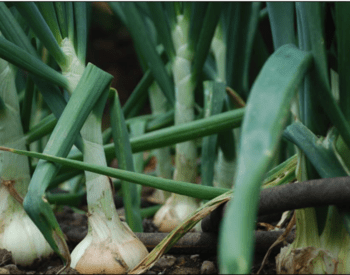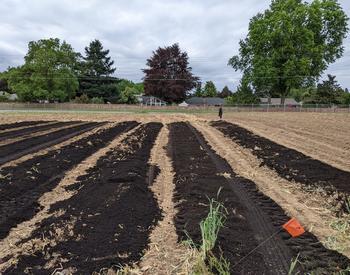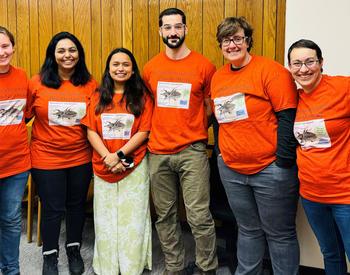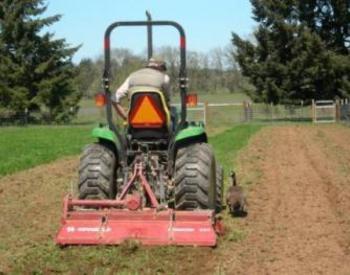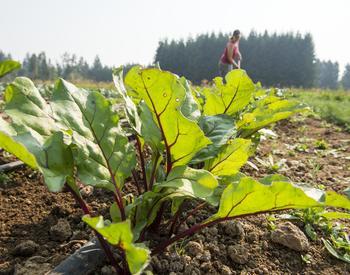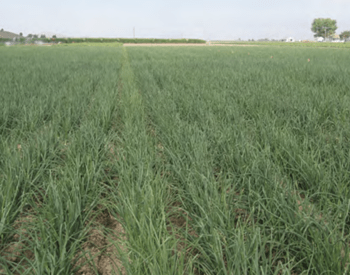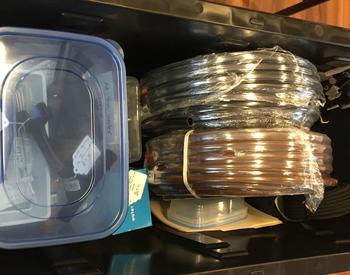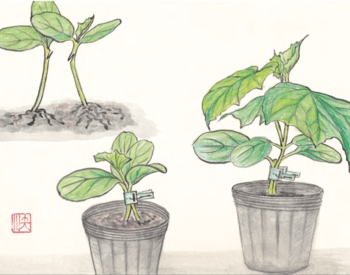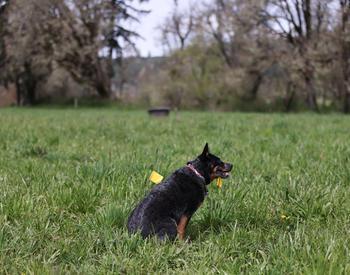If you are a farmer on the central or north coast of Oregon, it has undoubtedly not escaped your notice that the winter and spring of 2022 have been exceptionally wet. According to drought.gov, we had the sixth, ninth and 15th wettest Aprils on record for Tillamook, Lincoln and Clatsop counties, respectively.
Data from the PRISM Climate Group indicates the central and north coast region has received between 70–110% of normal average precipitation in the last three months. Although current projections do not forecast a major drought for our area for the summer of 2022, experiences of early water shut-offs, heat domes and wildfires in recent years keep drought concerns front of mind for many farmers in the region.
Monitoring current drought conditions and forecasts and having a strong drought management plan are two important tools available to farmers for increasing farm and agribusiness resilience against drought this season and in the future.
Drought monitoring
Those who have been farming for even a couple of years need no reminder that conditions can change quickly. Drought conditions can create challenging conditions for small farms and ranches.
Staying aware of current local and regional conditions and having an idea of what is ahead in the upcoming months can help you make informed decisions about how best to manage your farm in changing weather conditions.
Several tools for monitoring drought and wildfire projections are described in Table 1 below.
| Tool | Temporal scale | Geographic scale | Conditions tracked | Notes |
|---|---|---|---|---|
|
Monthly outlook Seasonal outlook Future projections |
National |
Temperature Precipitation |
||
|
Current conditions Seasonal outlook |
Semi-local State National |
Temperature Snow Precipitation Soil moisture Other climatic & water supply indicators |
Information on this site can be a little technical. We recommend that you start with the Weekly Water and Climate Update reports from the link in this table. |
|
|
7-Day outlook |
Regional |
Fire potential |
||
|
Current conditions Seasonal outlook |
State National International |
Temperature Precipitation Crop moisture Soil moisture |
Correlates areas of drought with production areas for different agricultural products Provides national crop condition data |
|
|
Historic information Current conditions Short-term indicators/projections Long-term indicators/projections |
Local State National |
Temperature Precipitation Streamflow |
Correlates areas of drought with production areas for different agricultural products Email alerts available |
Staying up to date on current conditions and future projections from one or more of these sites can help you stay on top of changing conditions and make informed decisions about managing your farm in drought conditions.
Planning ahead
Of course, monitoring drought conditions alone is not enough to create a drought-resilient farm or ranch. Having a drought action plan in place is a key piece of the drought management puzzle. A drought action plan is a roadmap for making decisions about your agribusiness under drought pressure.
When developing your drought action plan, you’ll identify key points that will serve as triggers for you to implement a particular drought management strategy. Triggers are usually based on rainfall during a period of time relative to previous years, so using monitoring tools like drought.gov that provide information about current conditions as compared to historical conditions can be especially helpful for making management decisions.
Management strategies will vary depending on your farm type and can include options such as increasing irrigation to a portion of your farm (when possible), or in extreme cases, culling a portion of your herd to ensure the longevity of your operation.
Taking time to create a drought action plan before conditions reach an emergency level will make it much easier to take action when necessary because you will have already researched and considered the best steps for maintaining the health of your agribusiness. Your drought action plan will be specific to your farm and will be based on factors such as your farm goals, economics and risk tolerance.
Below are several resources that can help you in the development of your drought action plan:
- Drought Action Plan Resources (website from Colorado State University Extension): This website provides information about drought planning and sample plans that can be used as a model when developing your own drought action plan.
- Write a [Drought Action] Plan (National Drought Mitigation Center, University of Nebraska): Part of a larger set of drought mitigation resources, this page provides clear steps and resources for drought plan development, implementation and evaluation.
- Your local OSU Extension small farm coordinators or agricultural advisors: Don’t hesitate to reach out to your local Extension office if you would like support in developing your drought action plan.
The changing weather patterns we are all experiencing make it clear that drought will continue to be a management factor for farmers and ranchers in the central and north Oregon coast and throughout the state. Using monitoring tools to stay on top of changing conditions and having a plan for what to do when drought is on the horizon are two key ways to increase the resilience of your farm in these challenging and changing conditions.
